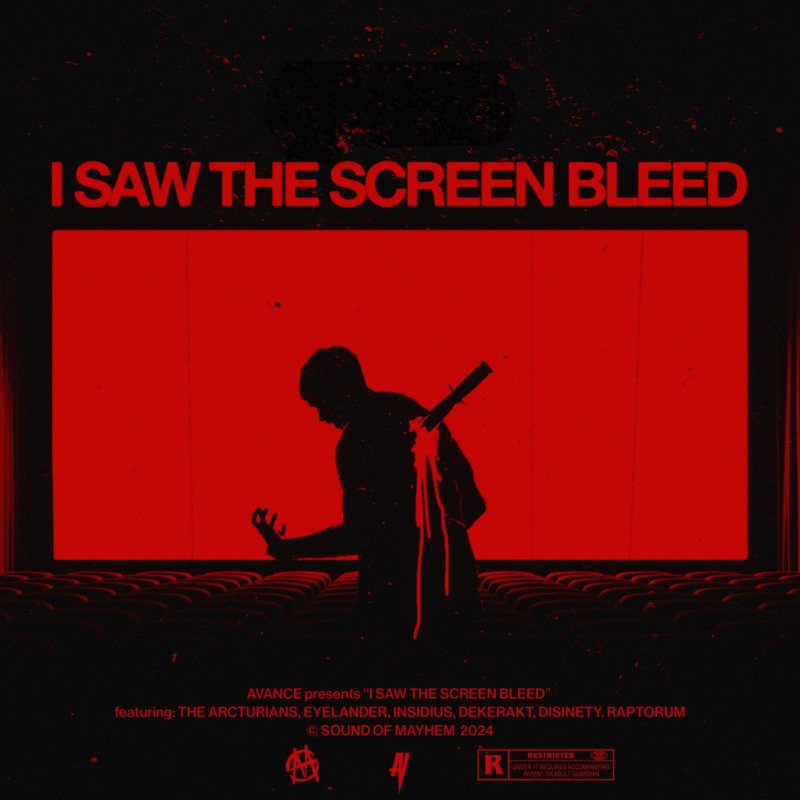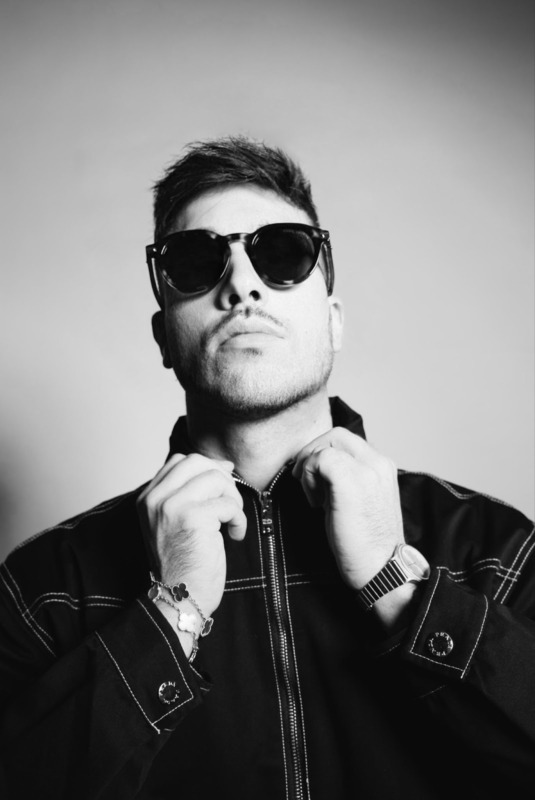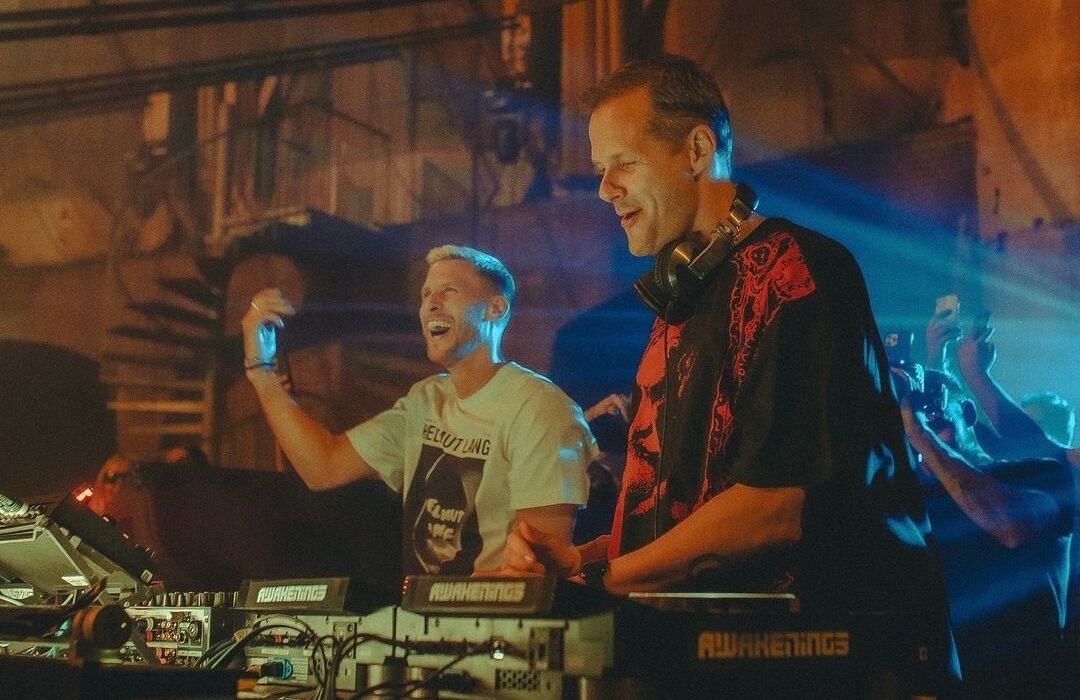The seinen genre is not very well known among anime fans, especially for Western fans. The most popular anime are usually shonen, which is the genre aimed primarily at adolescent and teenage boys. Seinen is mainly targeted at adult men, so many stories focus on mature themes that couldn't get as much attention in stories meant for younger audiences.
Despite the older target demographic, not every seinen anime is dark and gritty. Sometimes, seinen shows can blur the lines between seinen and shonen. Viewers new to the genre may be in for some surprises when looking for their next anime to watch.
10 Events In Seinen Series Can Get Weird
With an older target audience, seinen anime has the freedom to tackle subjects that couldn't be as prevalent in shonen. Sometimes, things get downright strange. Golden Kamuy is a prime example of this, with a large cast of supporting characters who are notorious criminals jailed for various crimes. Most of them are serial killers with bizarre and outlandish fixations. The series is only one example of the loosened restrictions on what can and cannot be shown, and viewers of seinen anime should expect things to be stranger than shonen.
9 Horror Is Taken To New Extremes
Though shonen can get away with a fair amount of horror and darkness, seinen can take it to new levels. Tokyo Ghoul is one of the most popular horror anime in the seinen demographic, and one of the most popular horror anime in general.
It makes full use of the seinen category, showcasing protagonist Ken Kaneki's fight against insanity as he becomes a hybrid of human and monster. The anime follows his involvement in the world of ghouls, making for a frightening experience that is sure to horrify the viewer.
8 Seinen Anime Violence Is More Graphic
Every action-based anime has its fair share of violence, but the seinen genre allows series to have more graphic and bloody scenes. Beserk, a best-selling manga with an anime adaptation, is particularly notable for its exceedingly graphic depictions of war and death. Notably, Berserk's violence is a selling point for some and an immediate turn-off for others. Not every seinen anime capitalizes on the ability to add excessive violence, but it's a noticeable difference and even expected in many series. Potential viewers should take note and do research.
7 Seinen Anime Have Less Idealistic Romance
A romantic subplot is a given in most anime, and seinen is no exception. Some seinen anime focus entirely on romance. Anime geared towards younger demographics typically give the romance a comedic edge, and the hero is almost always bound to enter a romantic relationship with their love interest.
Seinen usually — though not always — approaches romance through a more mature viewpoint. Seinen anime lets couples struggle and talk through their problems both before and after they get together, giving the relationship a more realistic edge not usually seen in shonen.
6 Seinen Protagonists Are Often Jaded & Cynical
Protagonists in seinen are often adults, reflecting the audience the stories are made for. With the increase in age over the usual high school student protagonists often found in shonen, there is also an increase in cynicism. Many seinen protagonists, such as Revy from Black Lagoon, are antiheroes who participate in wrongdoing and hold a harsher outlook on life. This reflects the darker themes present in seinen. Things are not as black and white as the morals usually are in shonen, giving seinen protagonists more complex feelings.
5 Seinen Stories Are Shorter
Seinen anime rarely exceed the usual allotment of twelve episodes. Popular shonen anime usually get somewhere between 24 and 26 episodes per season, but seinen is usually cursed to remain at twelve episodes per season.
Even series that get multiple seasons like Golden Kamuy cannot break out of the twelve-episode cycle, likely due to lower viewer numbers brought about by the increase of mature content. Finding long series to binge is difficult with seinen.
4 Seinen Don't Always Have A Happy Ending
The seinen genre typically features stories that play out realistically, which includes the fact that there's not always a happy ending for everyone. Banana Fish reflects this harsh truth with Ash Lynx's tragic death at the end of the series despite everything he had been through.
Many other anime do the same in some form or another, so sad endings aren't unique to seinen; they're just more common. Some seinen series don't follow this idea of realism and feature more lighthearted stories, but many make use of the ability to add harsher themes.
3 Seinen Don't Have As Many Epic Fight Scenes
With a more mature audience comes more mature conflicts. There are less action-packed, flashy fight scenes full of magical powers and more relational conflicts instead, as characters struggle against each other in one way or another. Characters typically delve into deeper introspection about themselves and their conflicts, with the battles being more emotional than physical. The fight scenes that do happen typically err on the side of realism, with guns and fists being more commonplace than magic and superpowers.
2 High School Settings Are Inescapable In Seinen
Having an older audience doesn’t mean seinen departs from settings with younger characters. The high school setting often found in anime is still prevalent in the seinen genre.
Japan holds high school as one of the best times in life and adults approach it through a nostalgic lens, so anime based around high school inevitably make their way into seinen as well. Some stories take advantage of the ability to feature darker themes, but those hoping for a complete departure from the common setting may be disappointed.
1 Some Seinen Series Blur The Line
Sometimes the difference between shonen and seinen series are painfully obvious by the nature of the content, but other times, anime can be seinen only in name. Bungou Stray Dogs is the most popular culprit of this. While being a seinen series, the protagonist is relatively young and there is a distinct lack of mature themes along with a multitude of fight scenes. While it's technically listed as seinen, it feels more like shonen. Many anime definitely blur the line between these two genres.


